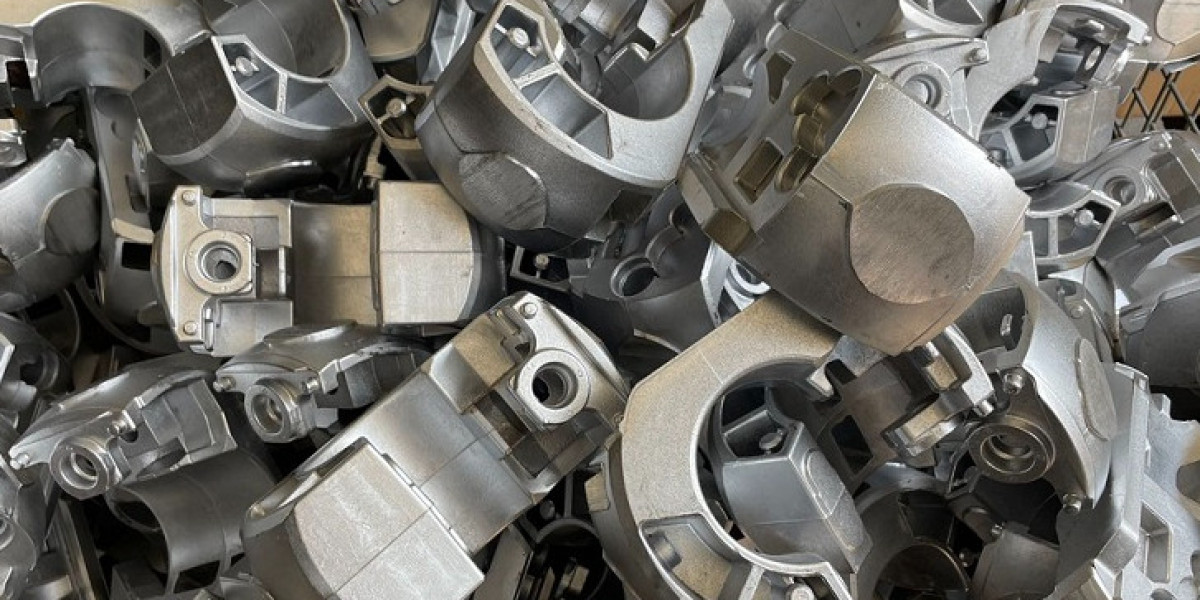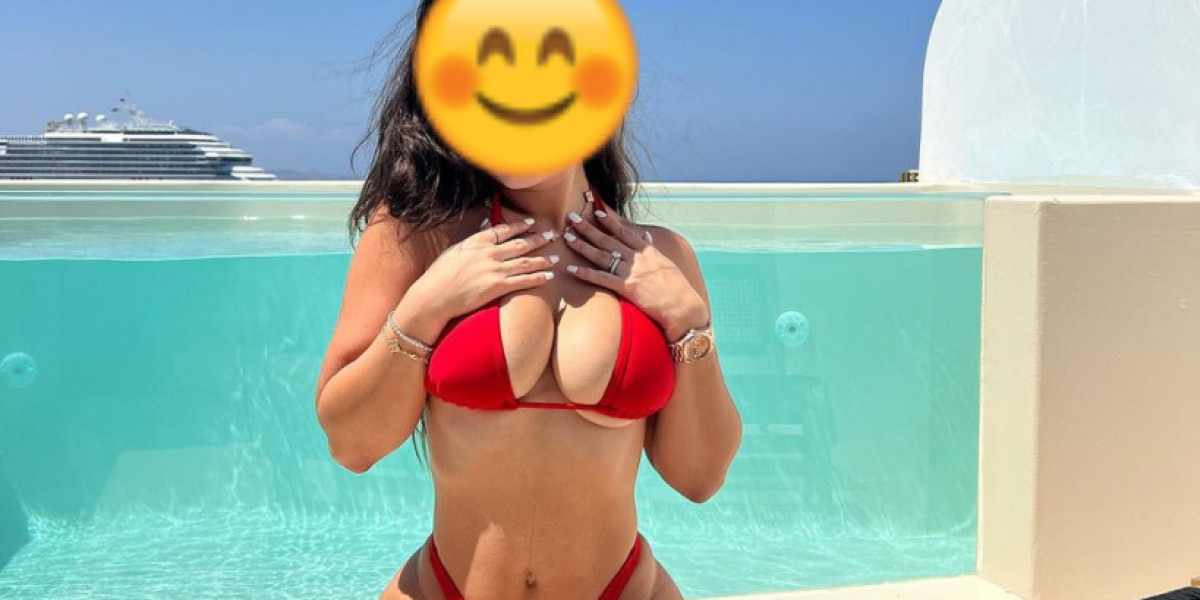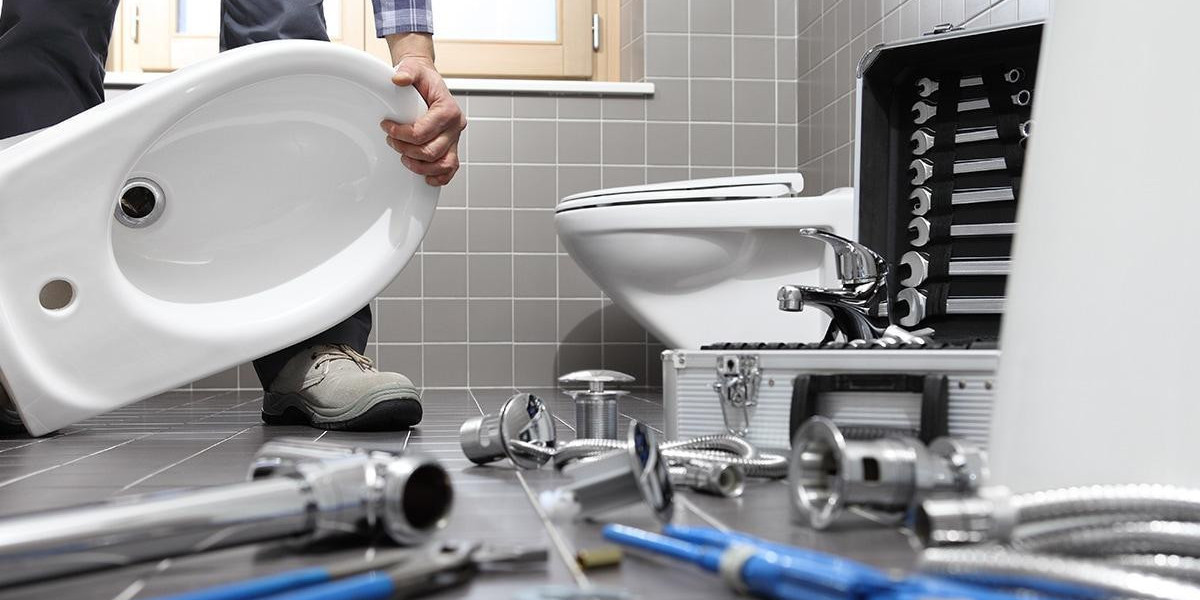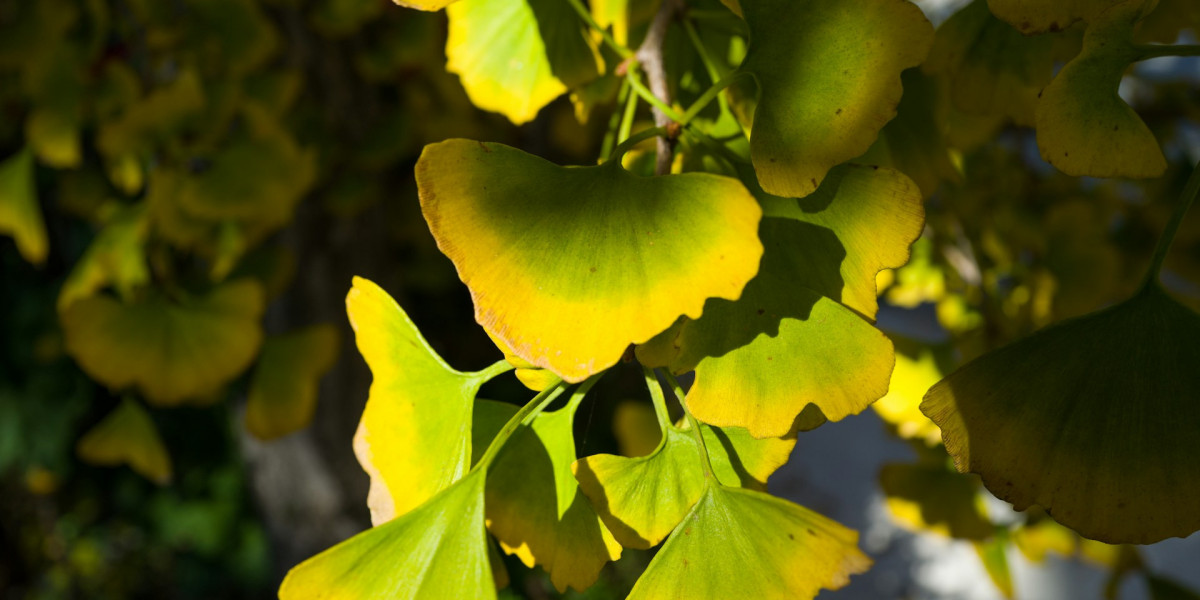High-pressure cold chamber die casting machines are an indispensable tool for manufacturing precision metal components from high melting point alloys. Their ability to produce complex, high-quality parts makes them ideal for industries such as automotive, aerospace, and electronics. Despite the challenges, innovations in automation and materials science continue to enhance their efficiency and reliability.
By understanding the capabilities, applications, and maintenance requirements of these machines, manufacturers can optimize their production processes and achieve superior results.
Challenges in Cold Chamber Die Casting
While cold chamber machines offer numerous benefits, they also present challenges:
- Slower Cycle Times: Due to the need to manually or automatically ladle molten metal into the injection chamber.
- Potential for Porosity: Gas entrapment during the injection process can lead to defects.
- Tooling Costs: High initial investment in molds and dies.
- Thermal Fatigue: Die material must withstand repeated thermal cycling, which can reduce tool life.
Specifications of Cold Chamber Die Casting Machines
Understanding machine specifications is crucial for selecting the right equipment for your application. Below is a sample spreadsheet showing key specifications of typical cold chamber die casting machines:
| Feature | Description | Typical Values |
|---|---|---|
| Clamping Force | Force holding the die halves together during injection | 150 to 4000 tons |
| Shot Weight | Maximum weight of molten metal per injection | 1 kg to 50 kg |
| Injection Pressure | Pressure applied by the plunger | 2000 to 4500 psi |
| Platen Size | Dimensions of the mold mounting area | 300 x 300 mm to 1500 x 1500 mm |
| Cycle Time | Time required for a single casting cycle | 30 to 180 seconds |
| Material Compatibility | Compatible alloys | Aluminum, Magnesium, Copper |
| Energy Consumption | Electrical and hydraulic energy use | Varies by machine size and type |
Innovations in Cold Chamber Die Casting Machines
The evolution of manufacturing technologies has led to significant advancements in cold chamber machines:
1. Automated Systems
- Automated ladling, die lubrication, and part ejection to reduce cycle time and improve consistency.
2. Advanced Control Systems
- PLC (Programmable Logic Controllers) and IoT-enabled systems allow real-time monitoring and optimization of machine parameters.
3. High-Performance Materials
- Improved die materials and coatings enhance tool life and reduce maintenance costs.
4. Energy Efficiency
- Hydraulic and hybrid systems designed to reduce power consumption and environmental impact.
How to Select the Right Cold Chamber Die Casting Machine
Selecting the best machine depends on your specific requirements. Consider the following factors:
- Part Size and Complexity: Match the clamping force and platen size to your part dimensions and die design.
- Production Volume: High-volume runs may justify larger machines with higher tonnage for efficiency.
- Material Compatibility: Ensure the machine can handle your preferred alloy.
- Cycle Time Requirements: Faster machines are better for high-throughput production lines.
- Budget: Consider upfront costs, operating costs, and ROI for the equipment.
Maintenance and Care for Cold Chamber Machines
Proper maintenance ensures the longevity and performance of cold chamber machines. Follow these guidelines:
- Regular Inspections: Check for wear and tear on the plunger, injection chamber, and die surfaces.
- Lubrication: Maintain proper lubrication of moving parts to prevent friction and overheating.
- Die Maintenance: Regularly clean and inspect the die to avoid defects and prolong tool life.
- System Calibration: Ensure that the hydraulic and control systems are properly calibrated for consistent performance.
- Training: Provide operator training to ensure proper use and maintenance procedures are followed.








